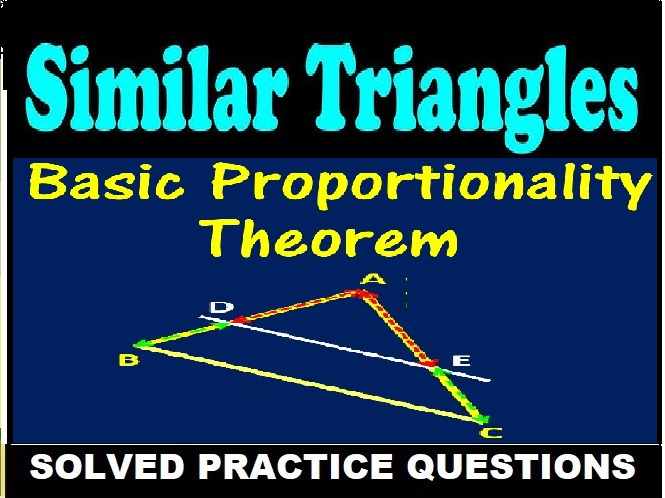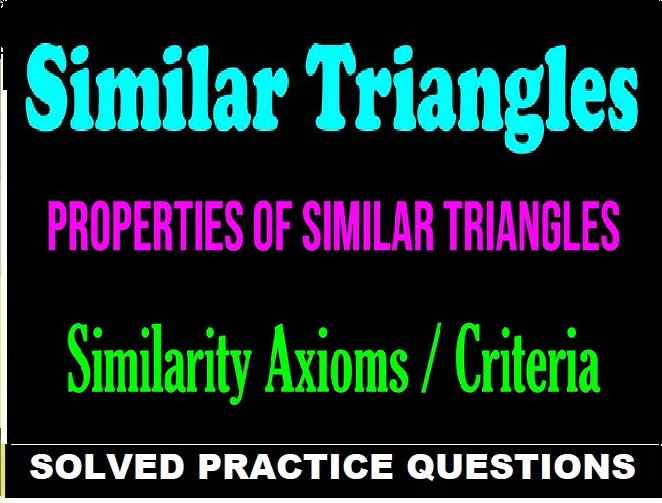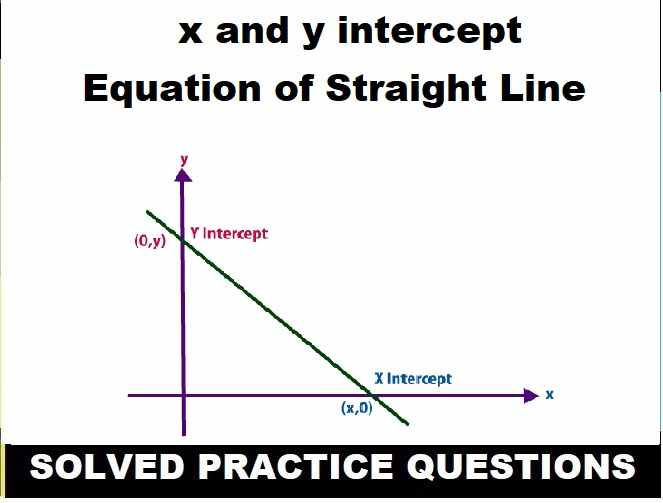Nootan Solutions Wave Motion ISC Physics Class-11 Ch-26 Vol-2 Nageen Prakashan. Step by step Solutions of Numericals of latest edition of Kumar and Mittal ISC Physics Part-2 Class-11 Nageen Prakashan Questions. Visit official Website CISCE for detail information about ISC Board Class-11 Physics.
Nootan Solutions Wave Motion ISC Physics Class-11 Ch-26
| Class: | 11 |
| Subject: | Physics Part-2 |
| Chapter: 26 | Wave Motion |
| Board | ISC |
| Writer / Publications | Nootan / Nageen Prakashan / Kumar and Mittal |
| Topics | Solved Numericals of page 957, 958 |
Nootan Solutions Wave Motion ISC Physics Class-11 Ch-26 Vol-2 Kumar and Mittal
Introduction of Waves :-
- Transfers energy.
- Usually involves a periodic, repetitive Movement.
- Does not result in a net movement of the medium or particles in the medium (mechanical wave).
There are some basic descriptors of a wave. Wavelength is the distance between an identical part of the wave. Amplitude is the maximum displacement from the neutral position. This represents the energy of the wave. Greater amplitude carries greater energy. Displacement is the position of a particular point in the medium as it moves as the wave passes. Maximum displacement is the amplitude of the wave
Frequency (ƒ) is the number of repetitions per second in Hz, s -1 Period (T) is the time for one wavelength to pass a point.
T = ƒ-1
The velocity (v) of the wave is the speed that a specific part of the wave passes a point. The speed of a light wave is c.
Electromagnetic Waves :-
Radio signals, light rays, x-rays, and cosmic rays.
Mechanical waves :-
A wave which needs a medium in order to propagate itself. Sound waves, waves in a Slinky, and water waves are all examples of this.
Matter Waves :-
Any moving object can be described as a wave When a stone is dropped into a pond, the water is disturbed from its equilibrium positions as the wave passes; it returns to its equilibrium position after the wave has passed.
Electromagnetic Waves :-
These waves are the disturbance that does not need any object medium for propagation and can easily travel through the vacuum. They are produced due to various magnetic and electric fields. The periodic changes that take place in magnetic electric fields and therefore known as Electromagnetic Wave
Sound Waves:-
It is the form of energy which produces, in us, the sensation of hearing.
Properties:-
(a) Longitudinal in nature.
(b) It requires a material medium for its propagation.
(c) Sound waves can be reflected.
(d) Sound waves suffer refraction.
(e) Sound waves show the phenomenon of interference
(f) Sound waves shows diffraction
(g) Sound propagates with a velocity much smaller than that of light.
(h) Sound gets absorbed in the medium through which it passes.
Nootan Solutions Wave Motion ISC Physics Class-11 Ch-26 Vol-2
(Page – 937, 938)
Question 1:
The length of a stretched string is 2 m and its mass is ……………………….. wire to the other.
Question 2:
The speed …………………………….. changed to 4.9 kg-wt.
Question 3:
…………………….
……………………..
……………………
Question 15:
If the density ………………….. sound in air at 100º C.
Question 16:
The speed of sound in air …………………. and at 30º C ?
Question 17:
…………………..
……………………
…………………..
Question 25:
At the temperature will be the speed of sound ………………………….. are in the ratio 16 : 1.
CONTACT FOR LIVE CLASSES- 746082224
-: End of Wave Motion Ch 26 Nootan Solutions :-
Return to – Nootan Solutions for ISC Physics Class-11 Nageen Prakashan
Thanks
Share with your friends


